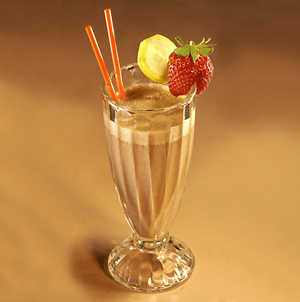The sweetest time of year

Spring has another name: Sugaring off season! All aboard the sleigh for the sugar bush at Metro!

Cooking with Maple
Made from sap that flows in the spring, the warm taste of maple adds sweetness to holiday dishes.
Maple syrup classification
Federal classification
The Canadian Food Inspection Agency (CFIA) controls the cleanliness and quality of maple products in Canada. It is also responsible for the Federal classification of maple syrup. This classification norms guide consists of the following three categories and five classes of syrup :
- Canada no 1 (extra-clear, clear, medium)
- Canada no 2 (amber)
- Canada no 3 (dark, as well as all other classes of syrup with off-flavours)
Provincial classification
The Government of Québec established guidelines concerning maple products, based on five classes of colour for maple syrup according to clarity, density and maple flavour characteristics, all to ensure the products conform to all quality norms.
This classification is based on the level at which light is transmitted through the maple syrup. The actual degree of transmission is measured by an optical system. This technical analysis is called a spectometre.
Nutritional values of maple products
Maple syrup
Comparison of different sugar agents representing a daily value (NB*) recommended different nutrients for 60 ml (1/4 cup).
| Nutrients | Maple Syrup | Honey | White Sugar | Brown Sugar | Agave Syrup |
| Manganese | 100% | 3% | 0% | 9% | 0% |
| Riboflavin | 37% | 2% | 1% | 0% | 0% |
| Zinc | 18% | 2% | 0% | 1% | 0% |
| Magnesium | 7% | 1% | 0% | 7% | 0% |
| Calcium | 5% | 0% | 0% | 5% | 0% |
| Potassium | 5% | 1% | 0% | 6% | 0% |
*NB: The daily value is a measure of the nutrient judged to be satisfactory in meeting the daily needs of the majority of people.
Source: Canadian nutritional elements guide, 2007 (Health Canada).
Maple Water



















